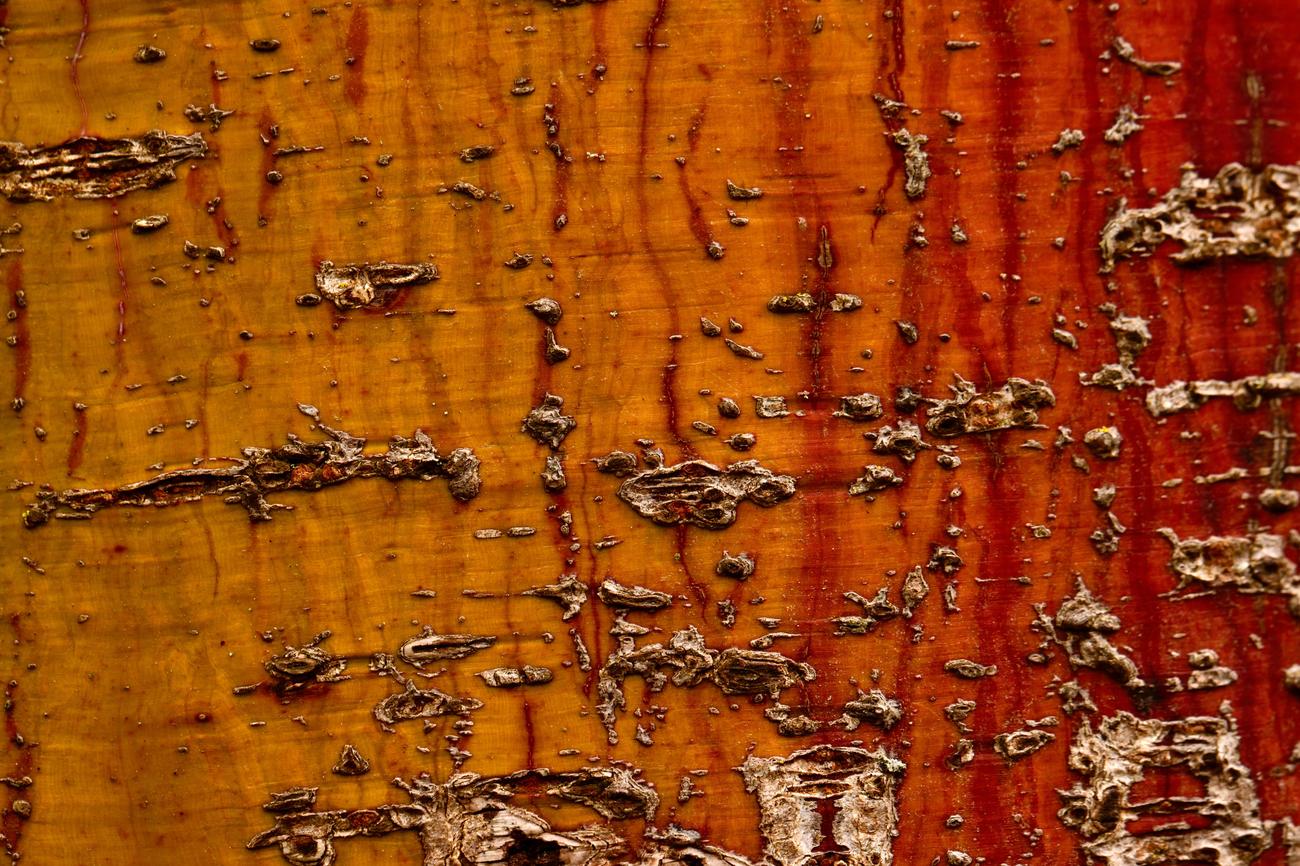Unbeknownst to many, the world of termites extends far beyond the quiet destruction they cause within our homes and structures. The global termite population, seemingly an unassuming aspect of nature, holds an intricate tapestry of insights and implications that will leave you in awe. In this article, we will embark on an extraordinary journey to explore the hidden world of termites, uncovering their astonishing behaviors, far-reaching impact, and the pivotal role they play in ecosystems worldwide. Brace yourself for a captivating exploration into the depths of the global termite population and prepare to see these tiny creatures in a whole new light.

Global Termite Population
Termites, those tiny yet powerful creatures, have a global presence that is both fascinating and significant. With approximately 2,000 known species worldwide, their distribution patterns and behaviors offer valuable insights into the intricate workings of ecosystems. As an experienced entomologist with a deep passion for understanding these creatures, let’s dive into the intriguing world of the global termite population.
The largest number of termite species is found in tropical Africa, which serves as a hotbed of diversity for these fascinating insects. However, non-tropical countries also host a relatively small number of termite species. The University of Florida Termite Collection represents a remarkable 1,000 of the described termite species, highlighting just how vast and varied their population truly is.
“Termites account for approximately 40% of the soil biomass,” a staggering statistic that showcases their ecological importance. These industrious insects play a vital role in breaking down dead plant material, enhancing soil fertility, and facilitating nutrient cycling. Their impact on global ecosystems cannot be underestimated.
But what about the future? Climate change has the potential to greatly impact termite populations worldwide. As temperatures rise and weather patterns shift, areas where termites are not currently common may become more favorable for their activity and population growth. This poses new challenges for both ecologists and pest control professionals, as the distribution of these tiny architects adapts to a changing world.
Did you know that termites are related to roaches and likely evolved from a primitive roach-like ancestor? These seemingly distinct insects share common ancestry, albeit with different ecological roles. This evolutionary connection adds another layer of intrigue to the global termite population and offers insights into their behavior and biology.
To learn more about termites and their impact, a plethora of online sources exists. Websites such as pestworldforkids.org, fao.org, britannica.com, and pctonline.com provide in-depth information on all aspects of these fascinating creatures. Whether you’re a curious enthusiast or a professional in the field, these resources offer valuable knowledge and perspectives.
In conclusion, the global termite population holds immense significance in understanding the intricate dynamics of ecosystems. From their distribution patterns to their evolutionary relationships, termites continue to captivate researchers worldwide. As climate change looms, monitoring and studying their populations becomes even more crucial. Through ongoing research and awareness, we can better appreciate the delicate balance of our natural world and work towards innovative termite control solutions.
“The global termite population offers invaluable insights into the intricate workings of ecosystems and the challenges they may face in a changing world.”
Termites, those tiny creatures that often go unnoticed, actually play a significant role in our ecosystem. Have you ever wondered just how many termites are there in the world? It’s a question that may pique your curiosity and lead you to delve deeper into the fascinating world of these industrious insects. To satisfy your interest, we’ve compiled some intriguing information for you. So, without further ado, let’s explore the numbers!
Believe it or not, the estimated number of termites inhabiting our planet is nothing short of mind-boggling. With approximately 2,800 known termite species, it is believed that there are billions, if not trillions, of termites residing in various ecosystems worldwide. These resilient creatures have managed to adapt and thrive in diverse environments, from rainforests to deserts.
If you’re still not convinced that termites are worth your attention, consider the fact that their ecological impact is immense. Termites contribute to soil fertility by breaking down organic matter, which aids in nutrient cycling. Additionally, their extensive underground tunnels and mounds play a crucial role in soil aeration and moisture regulation.
To explore more about these astonishing creatures and satisfy your curiosity about how many termites there are in the world, click here: How Many Termites Are There In The World. Prepare to be amazed by the incredible world of termites that exists just beneath our feet.
Now that you have a glimpse into the captivating realm of termites, take a moment to reflect on the incredible complexity and importance of the ecosystems in which they thrive. From the depths of the rainforest to the vastness of the desert, termites are busy at work, shaping our world in ways we often overlook.

FAQ
Q: How many known termite species are there in the world?
A: There are approximately 2,000 known termite species in the world, with the largest number of species found in tropical Africa. Non-tropical countries generally have a relatively small number of termite species.
Q: How many termite species does the University of Florida Termite Collection represent?
A: The University of Florida Termite Collection represents about 1,000 of the described termite species.
Q: What contribution do termites make to the global biomass?
A: Termites contribute a significant amount to the global biomass, accounting for approximately 40% of the soil biomass.
Q: Can climate change impact termite activity and population growth?
A: Yes, climate change has the potential to increase termite activity and population growth in areas where termites are not currently common.
Q: Are termites related to roaches?
A: Yes, termites are related to roaches and likely evolved from a primitive roach-like ancestor.
- Unveiling the Enigma: Mansoureh Khojasteh Bagherzadeh’s Public Appearances & Private Life in Iran - July 18, 2025
- Unveiling the Mystery: Mansoureh Khojasteh Bagherzadeh’s Husband: A Rare Glimpse into a Private Life - July 18, 2025
- Unveiling Masoud Khamenei’s Mother: Power, Influence, and Iran’s Future - July 18, 2025
















